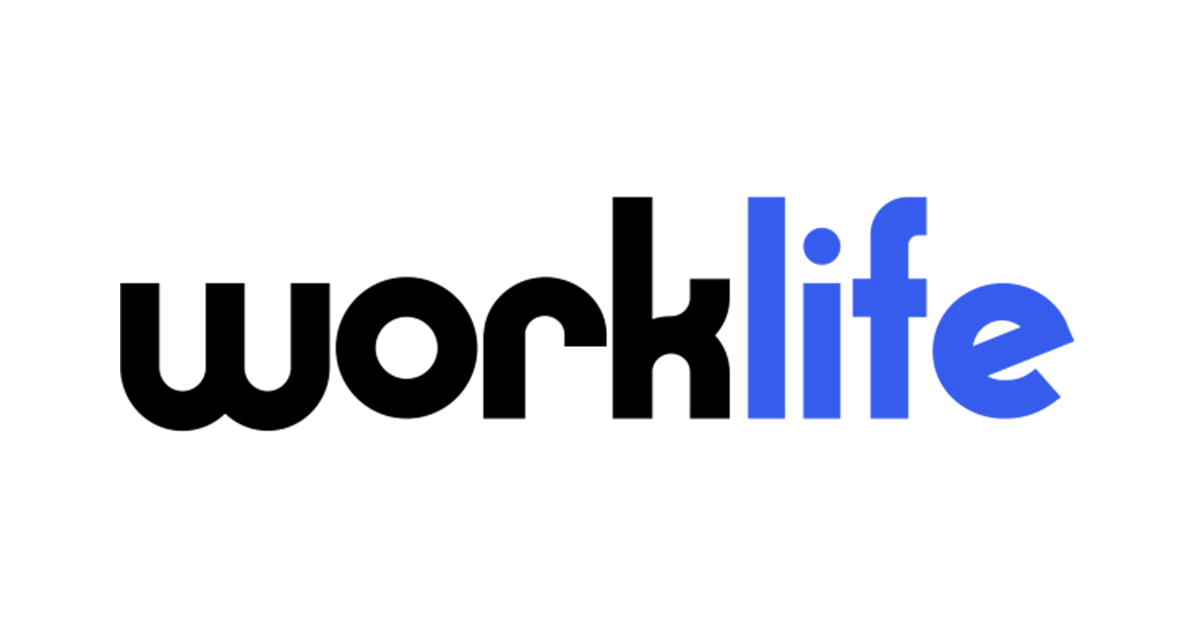Discrimination in the workplace isn’t just a distant possibility—it’s a reality that affects too many employees today. In fact, nearly 40% of employees have reported witnessing or experiencing discrimination or harassment, according to HR Acuity’s Workplace Harassment and Employee Misconduct Insights. These numbers are more than just statistics; they’re a wake-up call for organizations to prioritize creating safe, equitable spaces for their teams. Discrimination doesn’t just harm individuals—it undermines morale, productivity and trust across the board. Knowing how to prevent discrimination at work is essential for fostering a workplace culture where everyone can thrive.
Defining Workplace Discrimination
Workplace discrimination occurs when employees are treated unfairly or unequally based on personal characteristics that are protected under law. This behavior not only violates employees’ rights but also undermines trust, inclusion and productivity in the workplace.
Examples of workplace discrimination include:
- Discrimination based on race, ethnicity, or national origin
- Discrimination based on religion or belief system
- Discrimination based on gender, gender identity or sexual orientation
- Discrimination based on age (ageism)
- Discrimination based on physical or mental disabilities
- Discrimination based on pregnancy or parental status
How Employers Can Prevent Discrimination in the Workplace
Preventing discrimination requires more than good intentions—it demands proactive strategies and a commitment to equity. Employers play a critical role in fostering an environment where fairness and respect are foundational. By taking deliberate steps to address potential biases and create a culture of inclusivity, organizations can build workplaces where all employees feel valued and supported.
Set the Standard with a Comprehensive Discrimination Policy
A clear, well-documented policy lays the groundwork for an inclusive workplace. Define discrimination explicitly, outline the steps for reporting incidents and specify the consequences for violations. This clarity ensures that all employees understand their rights and responsibilities. Regularly communicate this policy to employees and provide updates as necessary. For more tips on crafting effective workplace policies, see our blog here: 11 HR Policies and Procedures to Consider for Your Company.
Stay Current by Reviewing Policies and Practices
Regular assessments of your workplace policies and practices help to identify blind spots and ensure compliance with evolving legal and social standards. Evaluate whether your policies are inclusive and whether your procedures address the diverse needs of your employees. Conducting routine audits sends a strong message that fairness and equity are always a priority.
Equip Employees with Knowledge Through Training
Training sessions that educate employees on recognizing and addressing discrimination are essential to prevention. These programs should go beyond compliance to include real-world scenarios and strategies for fostering inclusion.
Build a Culture That Values Open Communication
Cultivating a workplace culture where employees feel safe to speak up is key to addressing discrimination early. Encourage open dialogue through regular focus groups or team discussions, and provide multiple channels for feedback to accommodate different preferences, including an anonymous option.
Protect Employee Trust with an Anti-Retaliation Commitment
Fear of retaliation is a significant barrier to reporting discrimination. Implement a strong anti-retaliation policy that includes clear procedures and protections for employees who come forward with concerns. Demonstrating that your organization values accountability is crucial for building long-term trust.
Act Swiftly to Address Issues
When discrimination occurs, swift and thorough action is critical. Develop a transparent process for addressing complaints, ensuring that all reports are handled professionally and consistently. This not only builds trust but also minimizes the risk of further harm or liability.
Commit to Meaningful Diversity and Inclusion
A commitment to eliminating discrimination at work must extend beyond surface-level efforts. Ensure that hiring practices eliminate biases and that leadership reflects the diversity you should to see throughout the company. Regularly assess workplace dynamics to identify areas for improvement. These steps not only help to prevent discrimination but also create a stronger, more innovative workforce.
By taking these steps, employers can proactively create workplaces that exemplify fairness, respect and inclusion—values that benefit everyone.
Combating Workplace Discrimination with HR Acuity
Preventing discrimination isn’t just about compliance; it’s about creating a workplace where every employee feels safe, valued and empowered to thrive. Effective discrimination prevention in the workplace requires the right tools to address issues quickly and fairly.
That’s where HR Acuity comes in. Our platform is designed to support organizations in tackling workplace discrimination head-on with tools for anonymous reporting, workplace investigation management and thorough documentation. Employees can safely voice concerns through our Anonymous Workplace Reporting platform, ensuring their voices are heard without fear of retaliation. ER/HR teams can then seamlessly manage investigations using our Workplace Investigation Management tools, backed by consistent processes that foster fairness. Plus, robust documentation capabilities help maintain transparency and compliance, giving you the insights you need to make meaningful, data-driven changes. With HR Acuity, you can take proactive steps toward a more equitable and inclusive workplace. Interested in learning more? Book a Curiosity Tour with our team here.




